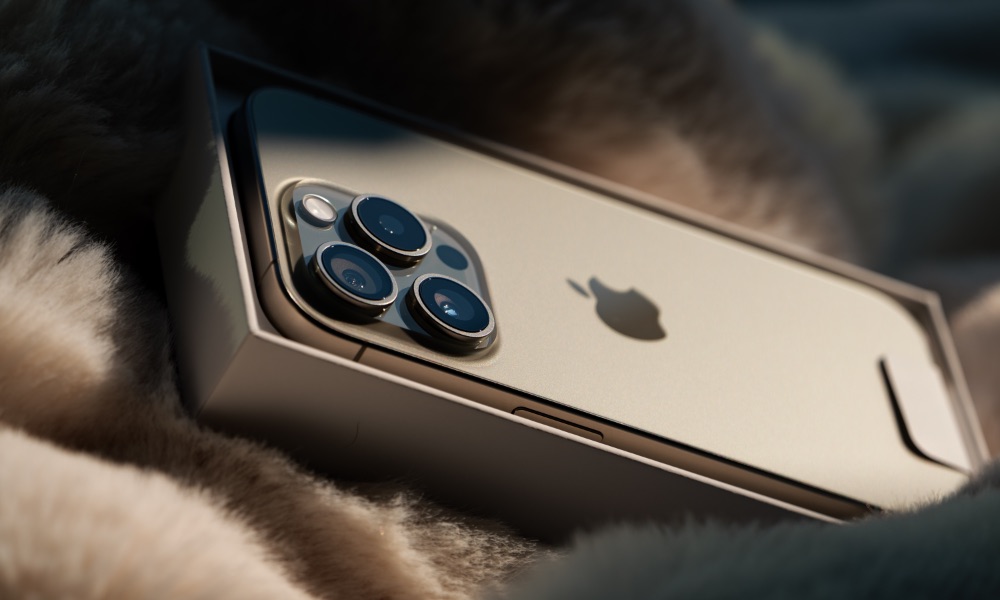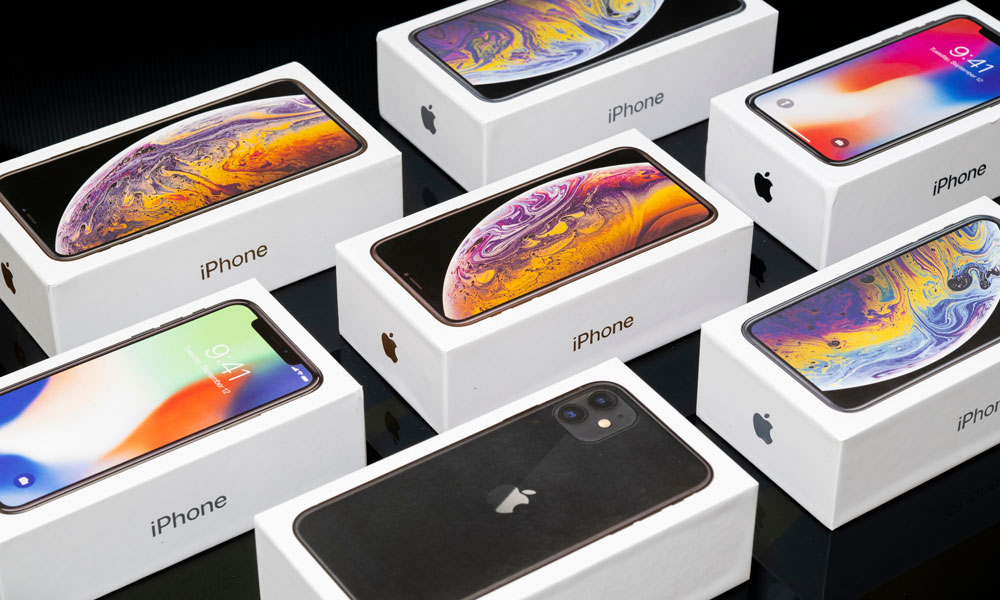Your New iPhone Will Soon Come with the Latest iOS Preinstalled
 Credit: Yuheng Ouyang
Credit: Yuheng OuyangToggle Dark Mode
Unless you’ve always purchased a new iPhone on launch day, chances are good that you’ve run into a classic chicken-and-egg problem: trying to restore your existing iPhone that’s running the latest version of iOS onto your new iPhone that’s one or two versions behind.
Since Apple manufactures millions of iPhones that sit on shelves for weeks or sometimes months at a time, it’s not unusual to unwrap a brand-new iPhone and find that it’s not already updated to the latest version of iOS. That problem gets even worse if you’re purchasing an older model. For example, Apple still sells both the iPhone 14 and the iPhone 13, as do many carriers and other retailers. Chances are good that if you buy an iPhone 13 today, you’ll find it’s still running some flavor of iOS 15 since that was the norm for its era.
Since Apple is still manufacturing these older models, you might luck out and get something more recent, but that’s by no means guaranteed. Even if you’re picking up a shiny new iPhone today, chances are slim it’ll come with iOS 17.4 installed unless it came off Apple’s production line in the past two weeks.
Sometimes, this is even a problem with a launch day iPhone. Last fall, iPhone 15 preorders shipped with iOS 17.0, but an iOS 17.0.1 update was available by the time they landed in customers’ hands.
Not having the latest iOS version on your iPhone is more than just a minor inconvenience. It also gets in the way of transferring data over from your old iPhone since the versions likely won’t match up. Since the very early days of iOS, you’ve been unable to transfer a backup made with a newer version of iOS onto an iPhone running an older version — even if that’s as subtle as running iOS 17.4.1 on your old iPhone and iOS 17.4 on your old one.
These days, a new iPhone will typically offer to update itself when you try to restore a backup made with a newer version of iOS, but that takes additional time, and it doesn’t always work, requiring you to set the iPhone up as new, apply the update, and then wipe it again so that you can restore your iCloud backup onto it.
Thankfully, Apple has been working on a clever way to speed this process up, and it looks like it’s ready to roll it out, at least to its stores in the United States.
Last fall, Bloomberg’s Mark Gurman reported on a new technique that Apple had developed to push software updates onto sealed, new-in-box iPhones, and now it looks like that system is ready for prime time.
In this week’s Power On newsletter, Gurman notes that it’s preparing to roll this system out to all US retail stores in April, expecting that it will be ready nationwide by the summer.
The tool, which Gurman says “looks a bit like a metal cubby for shoes,” takes advantage of MagSafe and “other wireless techniques” to power up the iPhone while it’s still in the box. It then instructs the iPhone to download and install new software and power back down as soon as it’s done. When a customer buys a new iPhone, it will then come out of the box ready to go with the latest version of iOS installed.
The system is dubbed “Presto” by Apple, and the company has been testing it at select stores since late last year. Gurman says the technique can be applied while devices sit in the inventory room before they’re sold; while it seems that the iPhone would have to be placed inside the “metal cubby” to start the process, it may not need to stay in there until the update completes, since the iPhone would presumably do that over Wi-Fi. This means that an Apple employee could conceivably run through updating dozens of iPhones in reasonably short order.
There’s no word on whether Apple will make this tool available to other retailers like Best Buy or put it to use in its warehouses before models are shipped to those retailers. Even if that’s in the plans, it won’t likely happen anytime soon, which means that you’ll need to buy your iPhone from an Apple Store if you want to be sure it’s fully up to date when you take it out of the box. Further, since this relies on aspects of the iPhone’s hardware and software, it’s not clear if it will be possible to apply updates this way to older models that may still have iOS 15 or iOS 16 installed.







